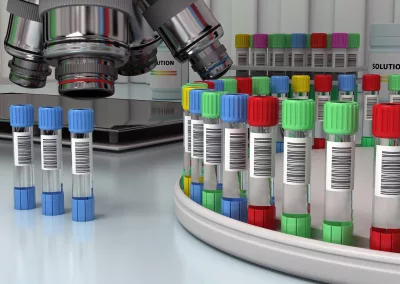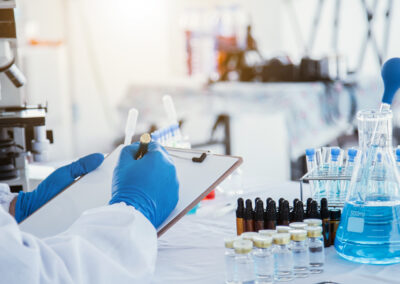A Quality Management System (QMS) is a necessity for all organizations, not just companies that are in the medical industry. A QMS is a set of procedures and guidelines that organizations follow that define a variety of rules that must be implemented when designing, developing, and manufacturing products.
The majority of QMS’s address and follow regulations for their respective markets and industries; the most popular ones are 21 CFR 820, the new EU MDR, and ISO 13485.
ISO 13485 is the most common international standard; the international standard helps increase the effectiveness of an organization, which includes customer and regulatory requirements. ISO 13485 intends to make globally harmonized guidelines for organizations to implement and follow for international markets.
ISO 13485 is required by Australia, Japan, Canada, and all European Union Member States. Additionally, 165 other member countries follow ISO 13485.
Currently, the FDA in the United States is in the process of harmonizing ISO 13485, with plans to require the standard in upcoming years. 21 CFR 820, which is also referred to as the Quality System Regulation, is still the guiding regulation in the US. There is plenty of overlap between the standards, with recommendations that organizations follow both.
If an organization that is based in the US wants to market their product internationally, they are required to be compliant with both 21 CFR 820 and ISO 13485 manufacturing standards. While the standards are structured a bit differently, they have no conflicting requirements and complement each other.
If an organization is compliant with ISO 13485, it does not mean that the organization’s QMS is compliant with 21 CFR 820. Conformity to ISO 13485 does not display to the FDA that a manufacturer is in full compliance and conformity to their 21 CFR 820.
To learn more about Quality & Compliance, or to schedule an audit to make sure your quality system is compliant with international regulations, please contact EMMA International at 248-987-4497 or info@emmainternational.com today!





